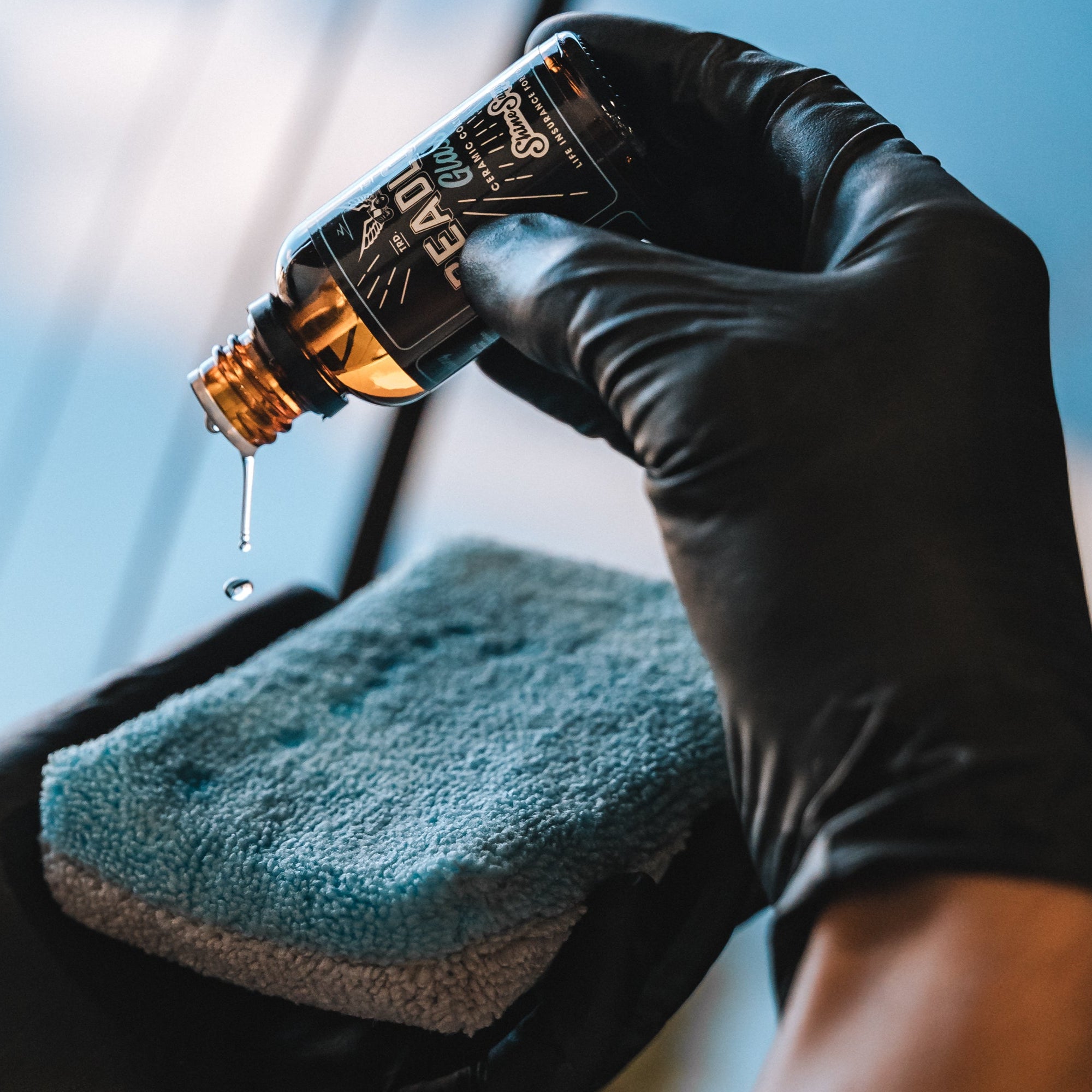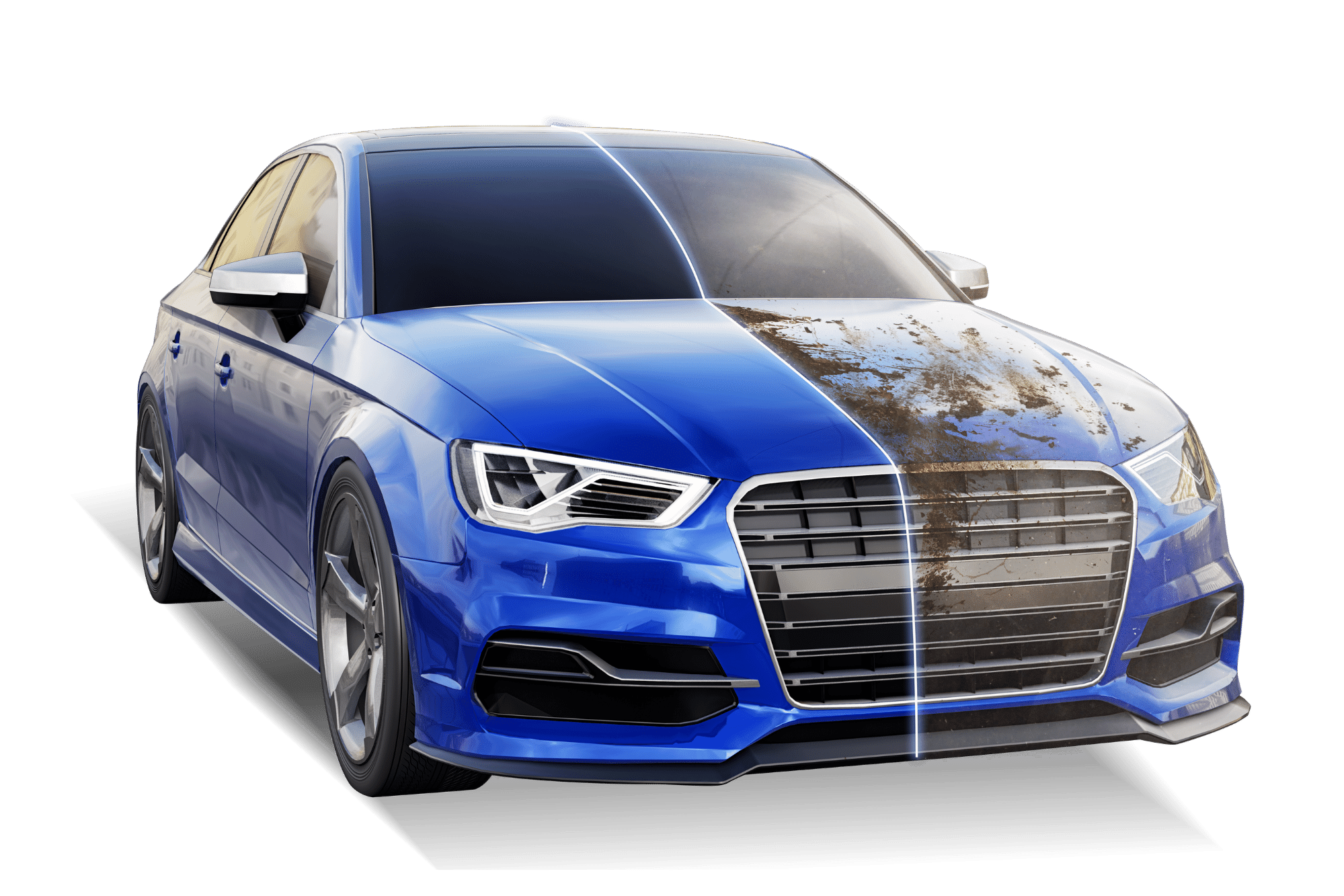Choose premium ceramic coating Sarasota for a flawless finish.
Choose premium ceramic coating Sarasota for a flawless finish.
Blog Article
A Comprehensive Overview to the Kinds Of Ceramic Layer on the Market
Ceramic finishes have arised as a critical remedy throughout different sectors as a result of their unique residential or commercial properties and applications. From silica-based formulas known for their effectiveness to hybrid options that merge several advantages, the options readily available can be overwhelming. Understanding the nuances of each type, including their particular benefits and perfect use situations, is crucial for making notified choices. As we discover the distinct qualities and applications of these finishings, the ramifications for efficiency and longevity come to be progressively evident, raising concerns regarding which kind could best fit your requirements.
Understanding Ceramic Coatings
Ceramic finishings are sophisticated protective solutions that have actually gotten popularity in different sectors, specifically in auto and aerospace applications. These layers include a liquid polymer that, when treated, forms a sturdy, hydrophobic layer externally of the substratum. This layer gives boosted resistance to ecological pollutants, UV radiation, and chemical exposure, therefore expanding the life and visual charm of the underlying product.
The fundamental element of ceramic coverings is silica, which contributes to their hardness and toughness. The application process normally involves surface area preparation, application of the covering, and healing, which can be attained through warmth or UV light. As soon as treated, ceramic finishings display phenomenal bonding homes, allowing them to stick highly to a range of surfaces, including steels, plastics, and glass.
Along with their safety features, ceramic layers also supply ease of maintenance. Their hydrophobic nature reduces the adherence of dirt and crud, making cleansing less complex and much less regular. On the whole, the fostering of ceramic coatings stands for a substantial advancement in surface defense modern technology, giving both useful and visual advantages across several fields.
Types of Ceramic Coatings
Various sorts of ceramic coverings are available, each created to meet details performance needs and applications - Paint Protection Film. One of the most common kinds include:
Silica-based Coatings: These coatings largely include silicon dioxide and are recognized for their sturdiness and chemical resistance. They are commonly utilized in automobile and industrial applications.
Titanium Dioxide Coatings: Renowned for their photocatalytic buildings, titanium dioxide finishes are typically used in environments where self-cleaning and antifungal residential properties are preferable, such as in building products and automobile surfaces.
Zirconia Coatings: Characterized by their high-temperature security and thermal resistance, zirconia layers are made use of in applications such as generator engines and high-performance vehicle elements.
Alumina Coatings: Exhibiting excellent solidity and thermal security, alumina coverings are frequently made use of in wear-resistant applications, consisting of cutting tools and industrial machinery. - ceramic coating sarasota
Crossbreed Coatings: Incorporating the buildings of numerous materials, hybrid layers supply boosted efficiency features, making them ideal for unique and demanding applications.
Each kind of ceramic finishing serves unique functions, permitting users to choose one of the most appropriate option based upon specific ecological problems and efficiency needs.
Advantages of Ceramic Coatings
Coatings play an important function in boosting the efficiency and long life of surfaces across different sectors. Ceramic coverings, specifically, offer various advantages that make them progressively preferred among makers and customers alike. One of the key advantages is their extraordinary sturdiness. These coverings are immune to scrapes, chemicals, and UV rays, making sure that the underlying surface stays safeguarded in time.
Along with sturdiness, ceramic layers provide outstanding hydrophobic residential properties, permitting for easy cleaning and upkeep. This water-repellent nature decreases the adherence of dirt, grime, and various other pollutants, which can lengthen the visual charm and functionality of the surface. Ceramic coverings can substantially enhance thermal resistance, making them excellent for applications that withstand high temperature levels.

Application Process
When using ceramic finishings, a precise approach is crucial to accomplish optimal results. A tidy surface ensures proper adhesion of the coating.
Once the surface area is prepped, the following step is to apply the ceramic covering. This can be done using an applicator pad or a microfiber cloth, making certain even insurance coverage. It is important to operate in small areas to preserve control and stop early Car Detailing healing. The covering needs to be applied in thin layers, as thicker applications can bring about uneven finishes.
After application, the coating calls for a specific look here treating time, normally varying from a couple of hours to a complete day, depending upon the item. Throughout this time, it is essential to avoid exposure to moisture or impurities. Lastly, a gentle buffing might be needed after curing to boost the gloss and get rid of any kind of high places. Following these steps vigilantly will make the most of the effectiveness and durability of the ceramic coating, giving a long lasting safety layer for the surface area.
Upkeep and Long Life
To make sure the longevity and performance of a ceramic finish, routine maintenance is essential. Ceramic coatings, recognized for their resilience and protective qualities, require certain treatment routines to optimize their life expectancy and performance. The initial step in maintenance entails routine cleaning with pH-neutral soap, preventing harsh chemicals that can weaken the layer. It is suggested to wash the vehicle routinely, preferably every 2 weeks, to stop the buildup of contaminants that can endanger the coating's stability.
In addition to regular washing, periodic examinations are crucial. Search for indications of wear or damages, such as hydrophobic residential or commercial properties diminishing or surface area flaws. If necessary, a light polish may be used to renew the coating without stripping it away.
Moreover, the application of a booster spray can boost the layer's hydrophobic effects and restore its gloss. This is particularly helpful for coverings that have actually been in use for an extensive duration. Eventually, by sticking to these maintenance practices, one can substantially prolong the life of a ceramic coating, guaranteeing that it remains to offer optimum security versus ecological elements and keep the aesthetic allure of the car.
Conclusion

Report this page